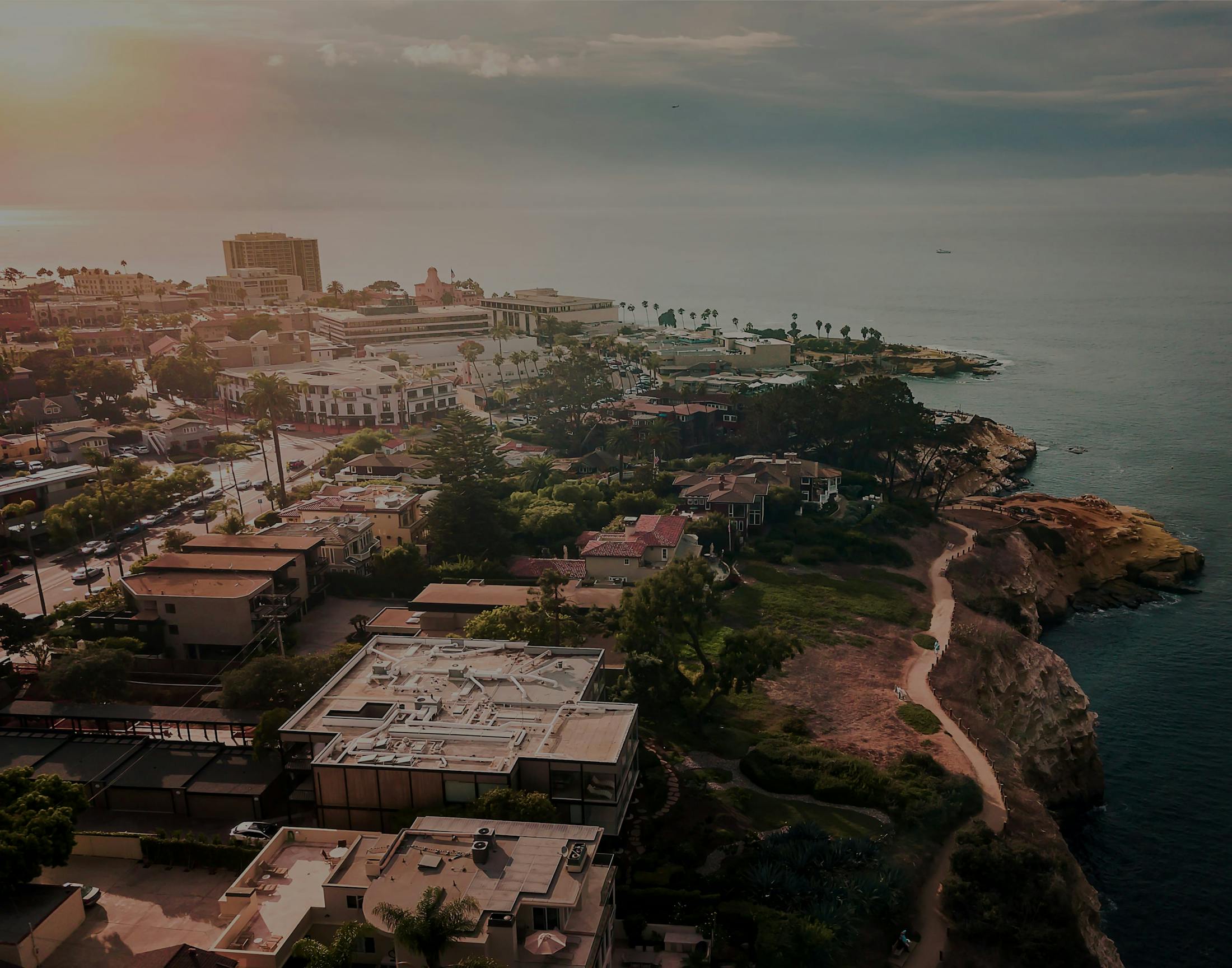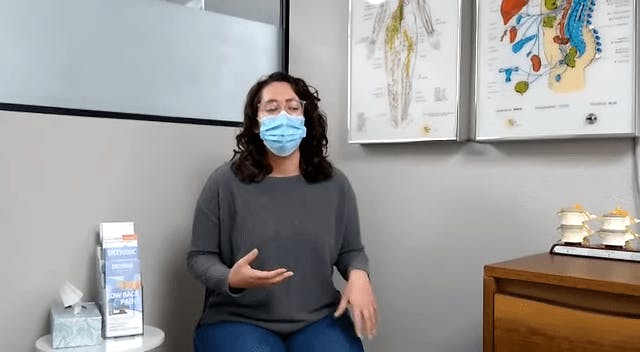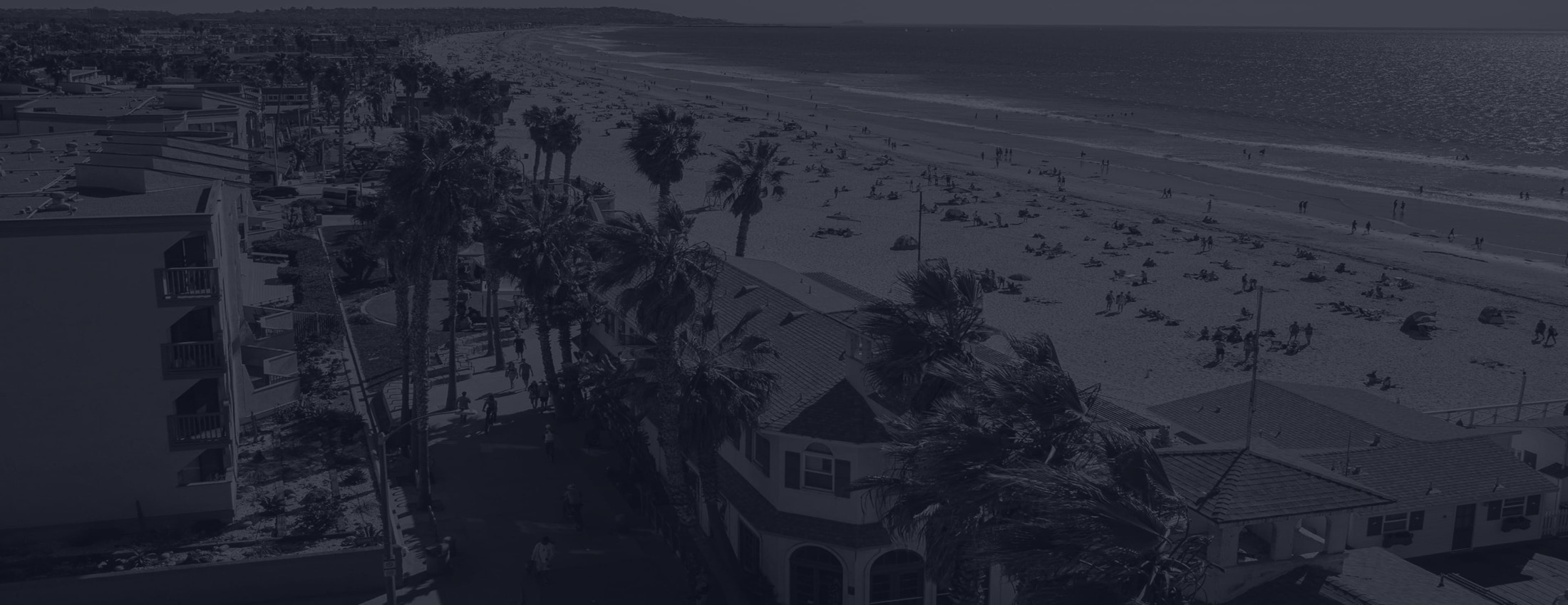You Don’t Have to Live with It! Treat the Causes of Low Back Pain
Common medical treatment options include prescription pain medications, NSAIDS, muscle relaxants, physical therapy, and cortisone injections. Many patients can link their back pain to a specific car or sports accident, injury, or trauma. Pain often arises from a bulging disc, herniated disc, spinal stenosis, facet syndrome, and degenerative disc disease.
Lower back pain symptoms vary from mild aches to completely debilitating pain. The severity of the pain does not always match the amount of damage to the bones, discs, ligaments, and soft tissues. In some cases, a simple strain can cause debilitating lower back pain that makes it difficult to stand or even walk. On the other hand, a disc that has herniated or completely degenerated is sometimes painless – though it is still causing damage. Please contact us today if you're interested in chronic low back pain relief in San Diego.








